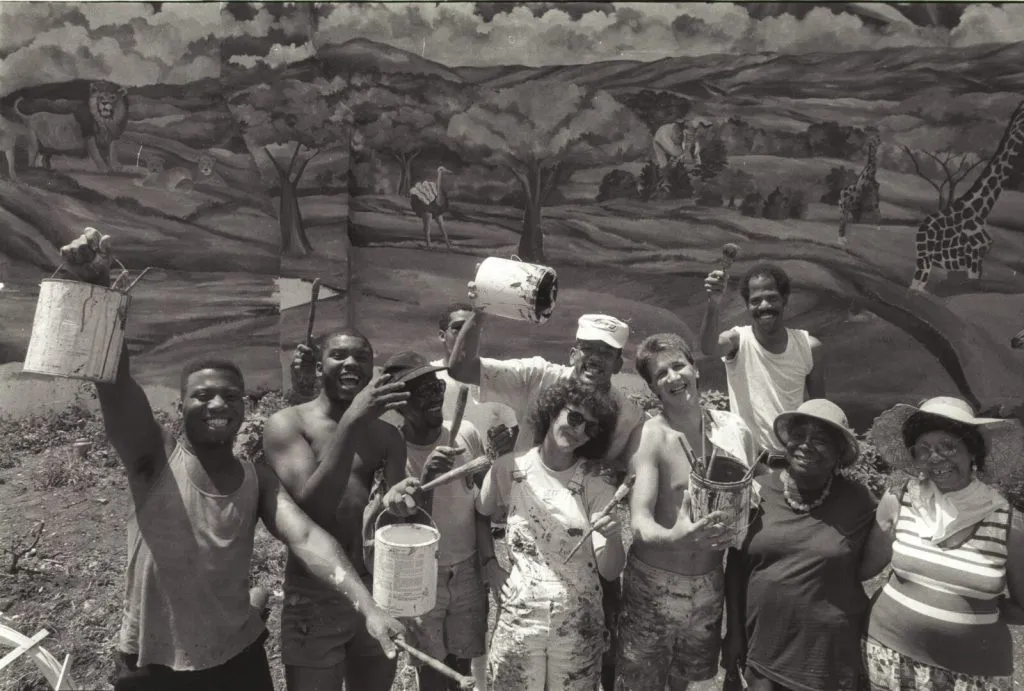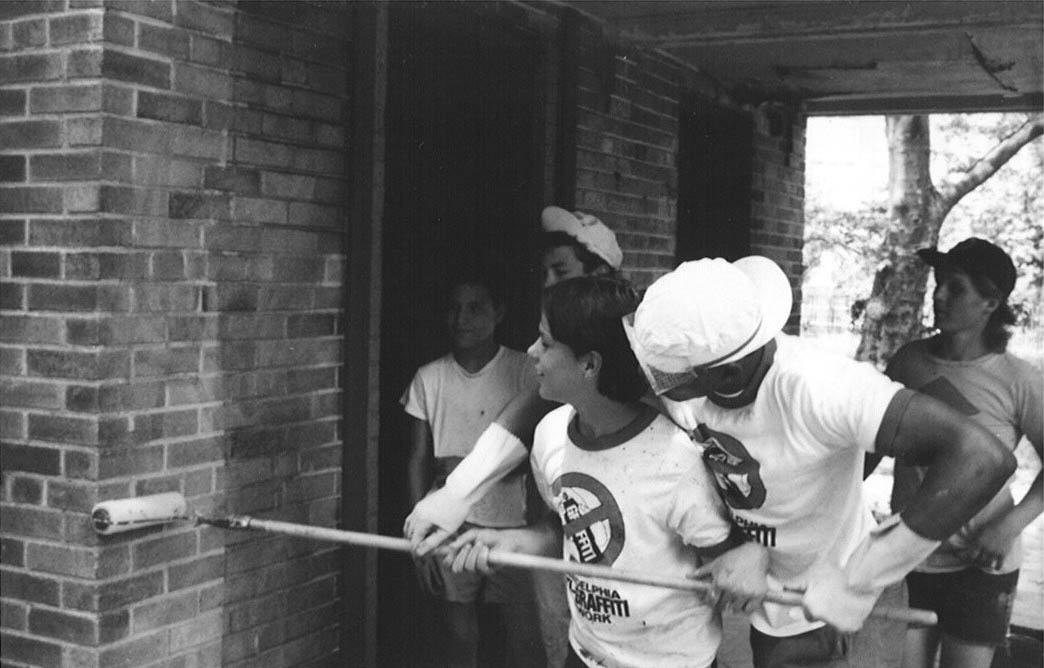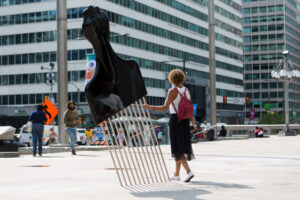Roots and Reimagination: The Evolution and Future of Mural Arts Philadelphia

Beginnings are not always predictive of outcomes,” as Thora Jacobson and David Updike wrote in the introduction to our third mural book published in 2014. As we launched the Philadelphia Anti-Graffiti Network in 1984 and evolved into the Mural Arts Program in 1998, we couldn’t have known where Mural Arts Philadelphia would be so many decades later, but one thing has remained constant: our deep belief in the social impact of art.

As we stand at this milestone, it is important to reflect on the “Roots” of our work. Over the years, our canvases have expanded, both in scale and complexity. Our stakeholder groups have grown from clusters of neighbors to entire city departments, the school district, and community partners throughout Philadelphia and beyond. We have remained committed to practicing in public, learning by doing, taking risks, and refining our processes as we go.

However, the theme of “Reimagination” now calls us to look forward, beyond the work we’ve done, to explore how we will continue to lead as the nation’s most prolific public art program. What does the next 40 years look like for Mural Arts? How can we ensure that our work continues to evolve and serve the needs of Philadelphia’s communities? We stand on the shoulders of many wonderful organizations from the 60’s and 70’s and we stand side by side, with our arts colleagues and friends – in Philadelphia and across the US.

Our first priority is deepening our commitment to community-driven art. The rich, untold histories embedded in the neighborhoods we work in will continue to be a focal point, as we have only scratched the surface. For example, our collaboration with Colored Conventions.org will bring new public art projects to life, expanding the way we tell stories of Black history in Philadelphia.

Second, we are committed to using art as a means of social healing, addressing the ruptures in the social fabric of our city. Our programs, such as Porch Light, Art Education, and Restorative Justice, have already proven that art can bring people back to life, connect them to the world, and restore hope. Over the next 3 to 5 years, we aim to expand this impact by creating pathways to employment for our participants. We will work with city partners to provide training that leads to stable jobs, ensuring that our work does not end with the creation of art but extends into sustainable opportunities for the people we serve.

A third area of focus is preservation. The murals that have transformed our city’s landscape need constant care. Our plan is to build out a Conservation Corps, training Guild members to work in the preservation of public art. This effort will ensure that our murals continue to inspire and endure for decades to come.

In the coming years, we also aim to nurture the next generation of public artists. Our successful Black Artist Fellowship program will grow, and we will offer more opportunities for Philadelphia artists to test their skills, explore new ideas, and develop their craft. Artists are essential changemakers, and we are dedicated to supporting them as they push the boundaries of public art.
As we look toward 2030, 2040, and beyond, Mural Arts will continue to lead with boldness, creativity, and an unwavering belief in the power of art to transform communities. We may not always know the outcome, but by continuing to take risks, engage communities, and push the boundaries of public art, we can ensure that our legacy grows alongside the city we call home.
